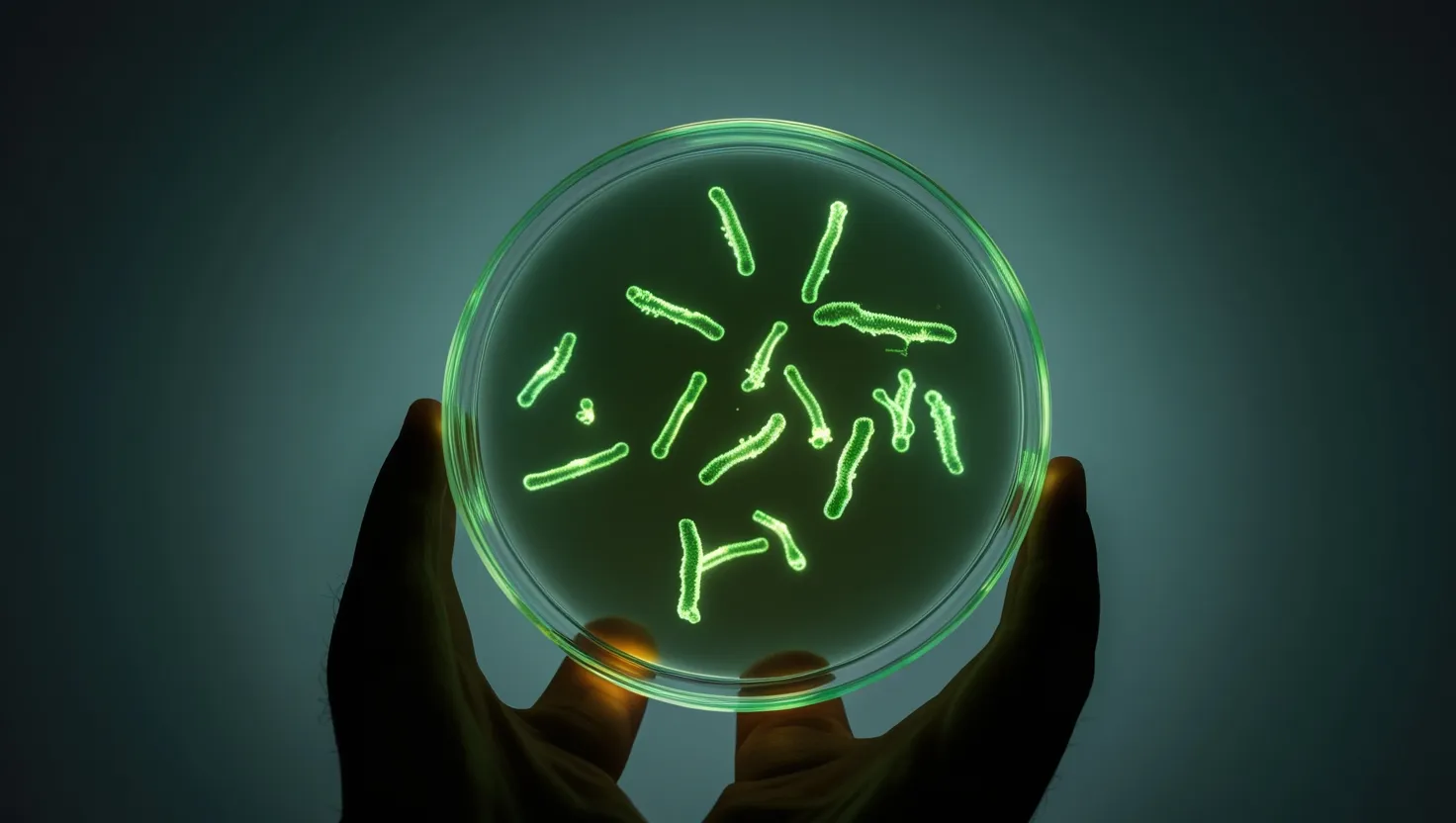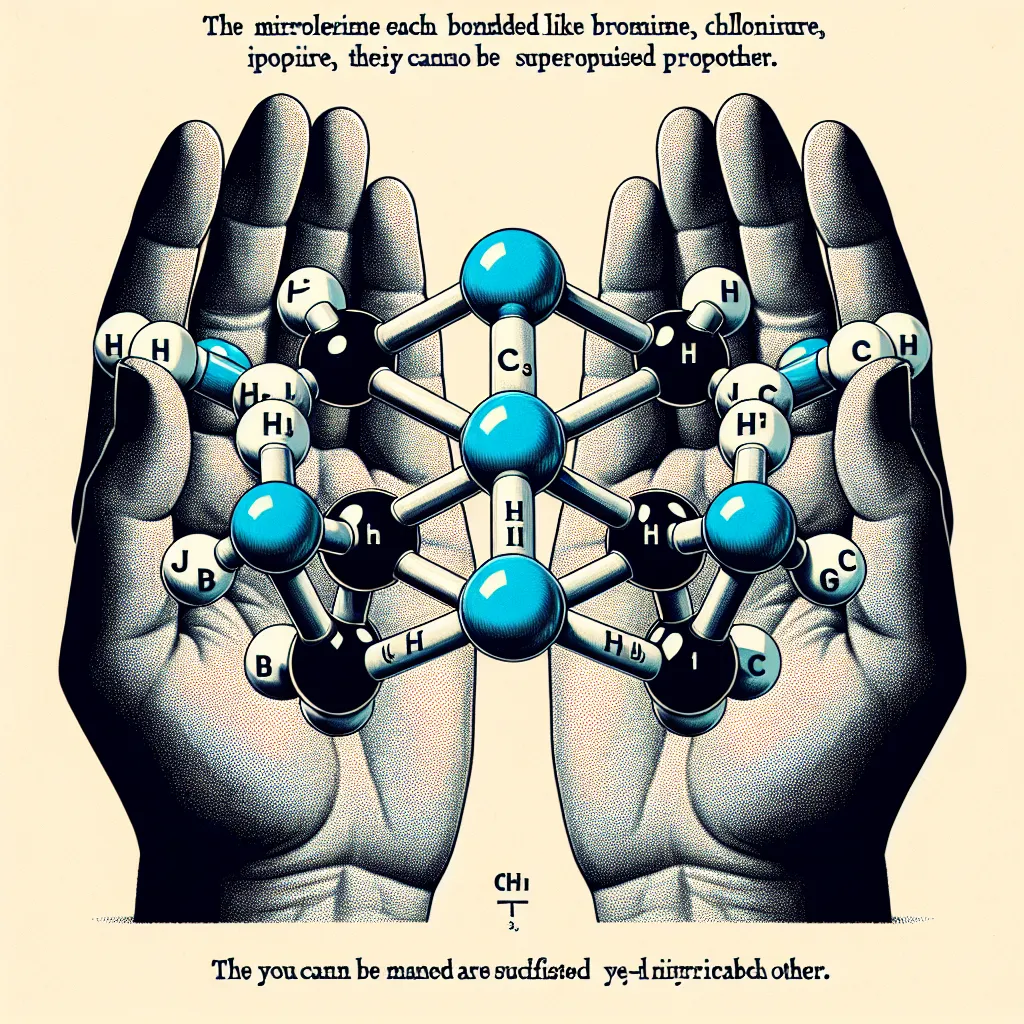In the vast and intricate world of medical research, scientists are increasingly turning to an unexpected ally: bioluminescent bacteria. These microscopic organisms, capable of producing their own light, are being harnessed in innovative ways to detect diseases, guide surgeries, and deliver targeted therapies. Let’s delve into the fascinating world of these living nightlights and explore how they are revolutionizing medical science.
The Genetics of Light Production
Bioluminescence is a natural phenomenon where living creatures produce light through a chemical reaction. In bacteria, this process typically involves the enzyme luciferase and a molecule called luciferin. When luciferase catalyzes the oxidation of luciferin, it results in the emission of light. Scientists have engineered bioluminescent bacteria to utilize different luciferase-luciferin pairs, each with unique properties and applications. For instance, the firefly luciferase system is widely used due to its high sensitivity and low toxicity, making it ideal for various biochemical assays.
Tracking Infections and Diseases
One of the most promising applications of bioluminescent bacteria is in the real-time tracking of infections. By engineering bacteria to produce light, researchers can visualize the spread of pathogens within the body. This technique has been particularly useful in studying bacterial infections, such as those causing urinary tract infections. Traditional methods of diagnosing these infections can be time-consuming and sometimes inaccurate, but bioluminescence-based techniques like tube bioluminescence extinction technology and cellphone-based UTI bioluminescence extinction technology can provide rapid and accurate diagnoses.
Cancer Research and Treatment
Bioluminescent bacteria are also playing a crucial role in cancer research. Scientists use these bacteria to create mouse models of cancer, where the bacteria are engineered to produce light in tumor cells. This allows researchers to track the growth and spread of tumors in real-time, providing valuable insights into cancer development and the effectiveness of treatments. A groundbreaking technique known as bioluminescence-activated destruction of cancer (BLADe) uses bioluminescent molecules to activate photosensitizers within cancer cells, causing the cells to self-destruct from the inside out. This method bypasses the limitations of traditional photodynamic therapy, which relies on external light sources that may not penetrate deep into tissues.
Guiding Surgeries and Therapies
The precision offered by bioluminescent imaging is transforming surgical procedures. Surgeons can now use bioluminescent markers to identify specific tissues or cells during surgery, enhancing their ability to remove tumors or infected areas with greater accuracy. For example, in the treatment of aggressive acute myeloid leukemia, bioluminescence imaging helps in evaluating the antitumor activity of treatments and in monitoring the progression of the disease.
Drug Discovery and High-Throughput Screening
Bioluminescence is becoming an essential tool in drug discovery. High-throughput screening (HTS) involves testing large numbers of compounds to identify potential drugs. Bioluminescent assays can quickly and efficiently screen these compounds by detecting changes in light emission, which indicate the presence or absence of specific biological activities. This method is not only faster but also more sensitive and safer than traditional radioactive methods.
Sensing Biological Changes
Engineered bioluminescent bacteria can act as whole-cell biosensors, detecting various biological changes both in vitro and in vivo. These sensors can monitor ATP levels, pH changes, metal ions, and membrane potential, among other parameters. For instance, in the field of hygiene control, bioluminescent bacteria can detect contamination in food and water, ensuring safer consumer products.
Future Directions
As research continues to advance, the potential applications of bioluminescent bacteria are expanding. Scientists are exploring new luciferin-luciferase pairs and engineering bacteria to produce light at different wavelengths, which can be tailored for specific applications. The development of synthetic luciferins and engineered luciferases with improved properties is also on the horizon. These advancements could lead to more efficient and versatile bioluminescent tools for medical research and treatment.
Blue-Sky Research and Multidisciplinary Science
The study of bioluminescence is not limited to medical applications; it is also inspiring innovative research in other fields. For example, scientists are engineering light-emitting plants, which could have implications for agriculture and environmental monitoring. The interdisciplinary nature of bioluminescence research brings together chemists, biologists, physicists, and engineers, fostering a rich environment of collaborative science.
Practical Applications in Daily Life
While the medical applications of bioluminescent bacteria are profound, their impact extends into daily life as well. In the food industry, bioluminescent assays can quickly detect bacterial contamination, ensuring food safety. In environmental science, these bacteria can help map pollution in ecosystems and monitor the health of marine environments.
The Inspiration from Nature
Theodossis Theodossiou, a senior researcher at Oslo University Hospital, encapsulates the essence of bioluminescence research when he says, “Nature creates systems that our technology is yet unable to create.” By studying bioluminescent creatures, scientists are borrowing nature’s solutions to address complex medical challenges. This approach not only highlights the ingenuity of natural systems but also underscores the importance of interdisciplinary research.
In conclusion, bioluminescent bacteria are more than just microscopic living lamps; they are powerful tools that are revolutionizing medical science. From detecting diseases and guiding surgeries to delivering targeted therapies and advancing drug discovery, these tiny organisms are illuminating new paths in healthcare. As we continue to explore and harness the potential of bioluminescence, we are not only improving medical treatments but also uncovering the hidden wonders of nature’s own light-producing mechanisms.






